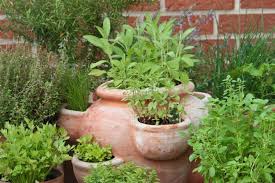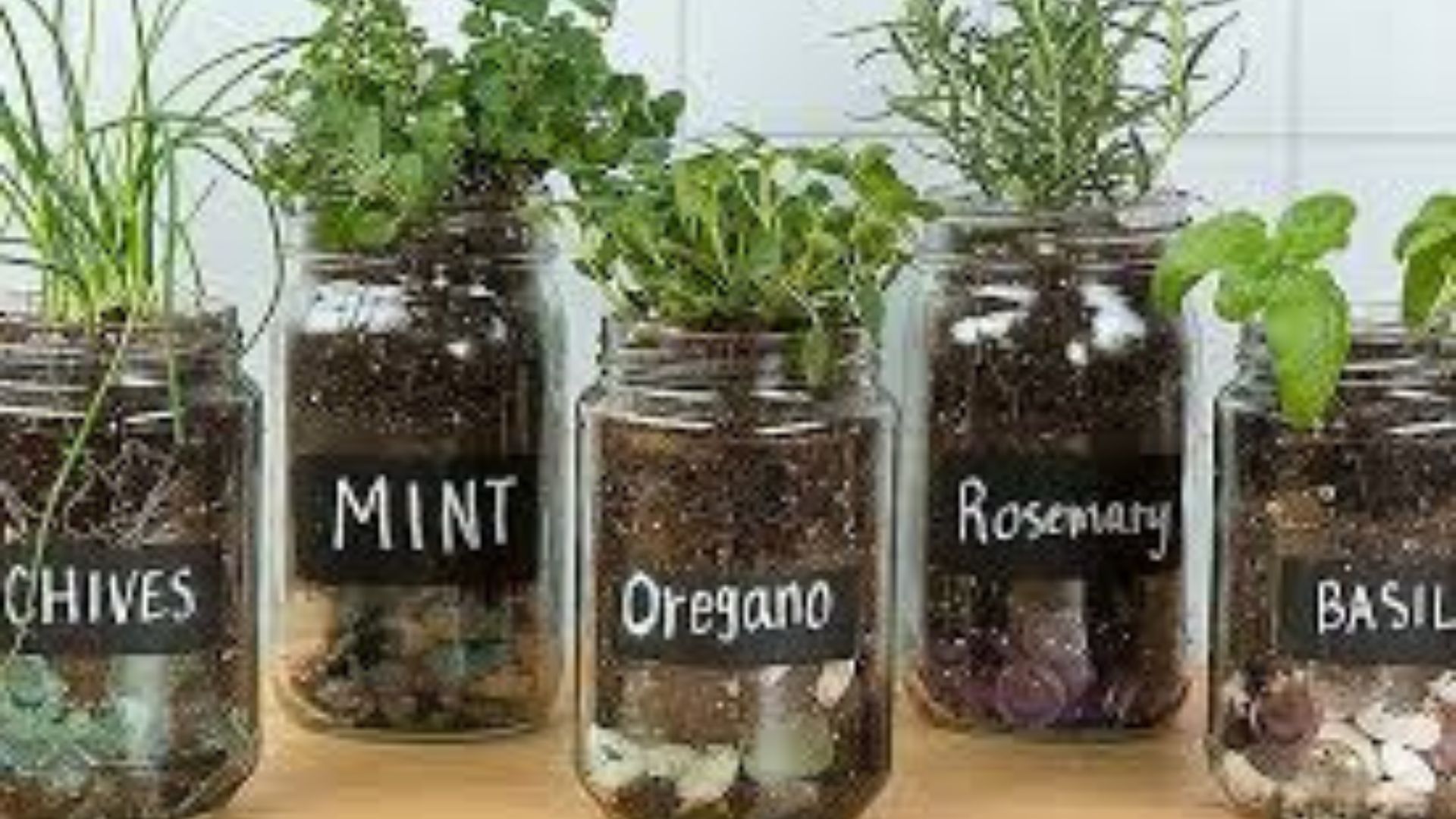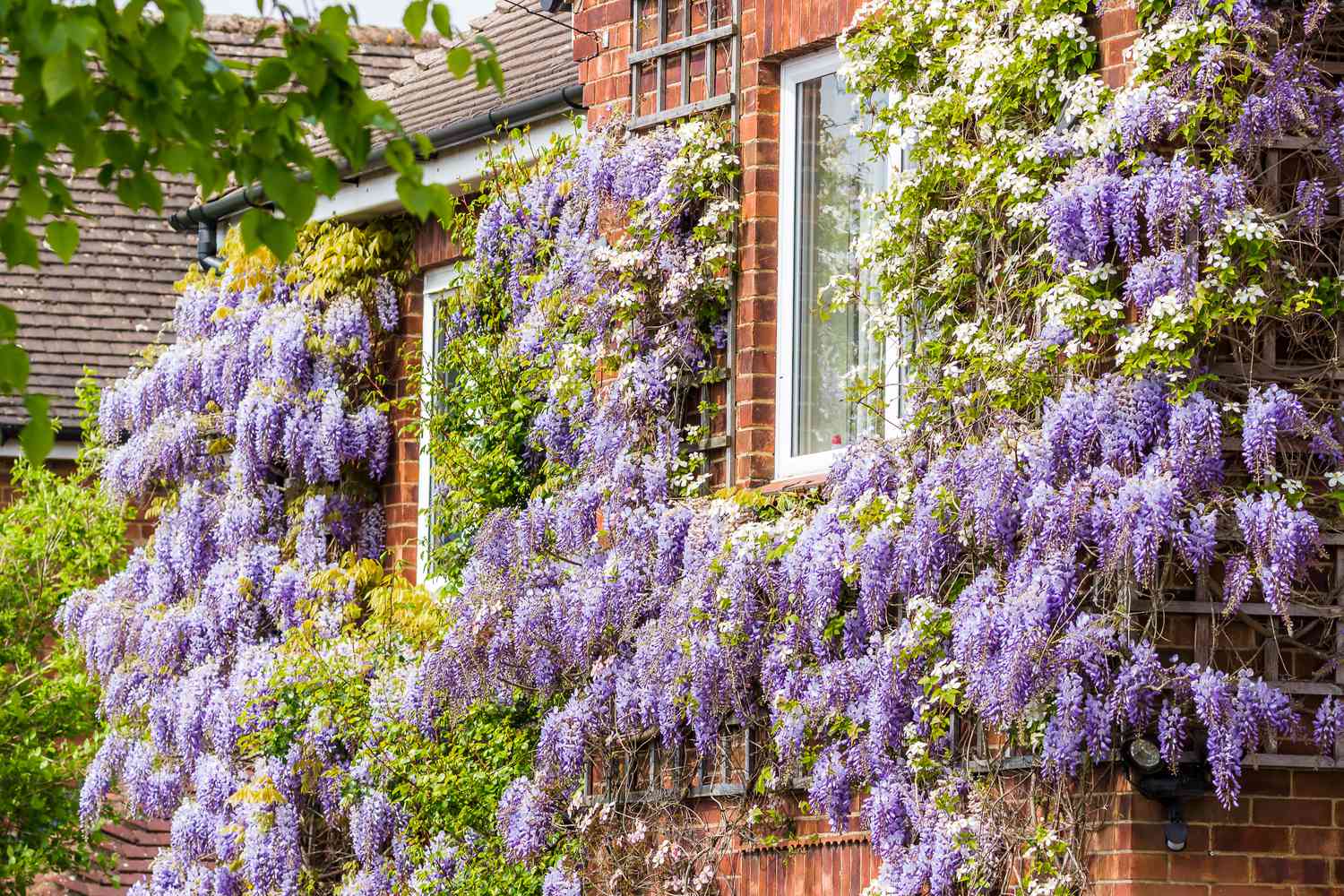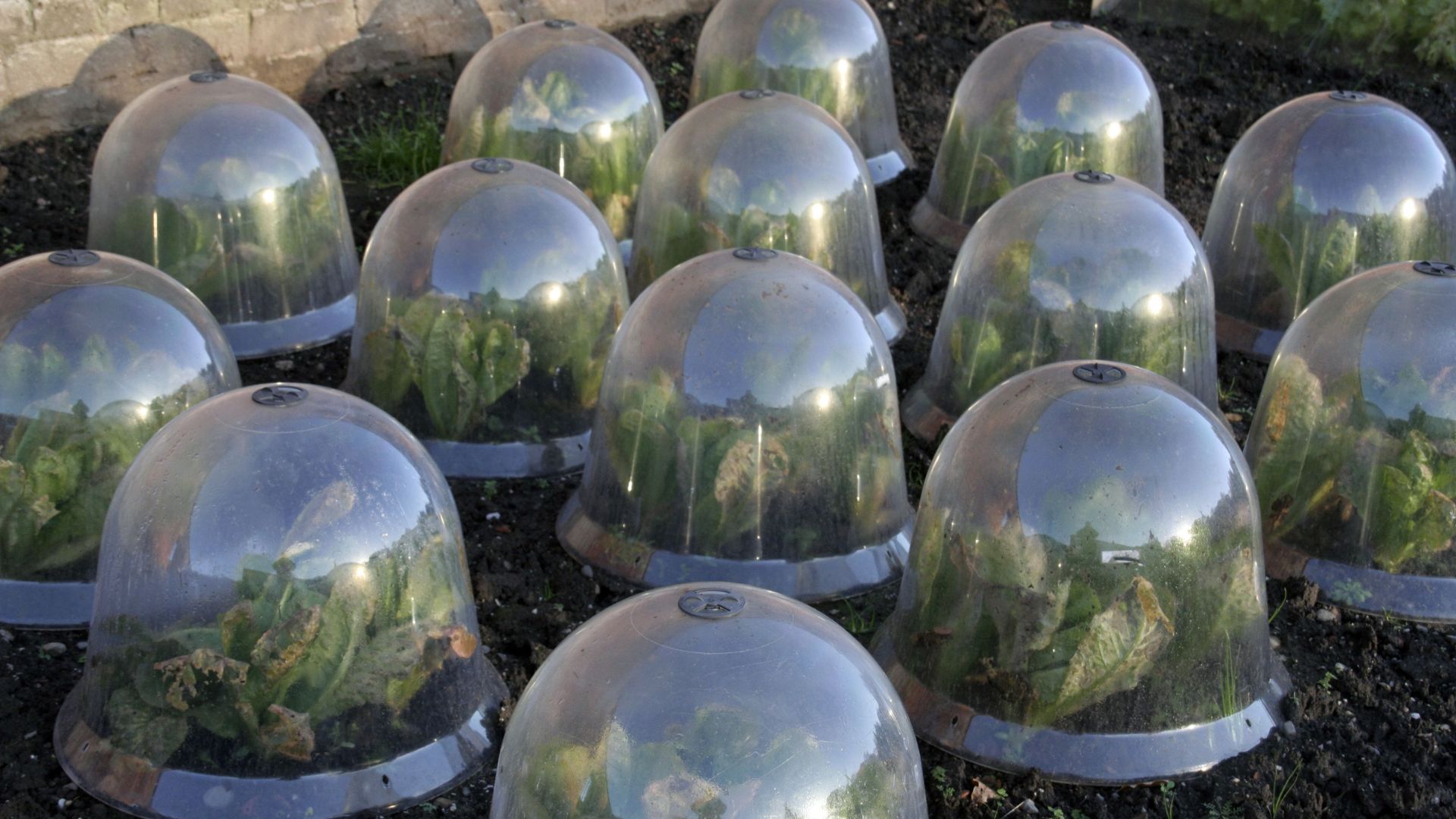Herbs are a kitchen staple, but growing them at home can also be a step toward a greener lifestyle. By growing herbs sustainably, you reduce waste, avoid synthetic chemicals, and stay connected to nature. Whether on a windowsill or in a backyard garden, herbs thrive with the right care and planning. Plus, fresh herbs enhance your meals with unmatched flavor. With eco-friendly methods, your herb garden can be both productive and planet-friendly.

Choose the Right Location
Start with a spot that provides adequate sunlight—most herbs need 6–8 hours of sun daily. A sunny kitchen window, balcony, or garden bed can work beautifully. Growing herbs close to where you cook encourages use and care. Avoid over-shading from trees or tall plants that might compete for light. By placing herbs where they thrive naturally, you reduce the need for artificial lighting or extra watering. Smart placement is your first step toward sustainability.
Use Organic Soil and Compost
Healthy soil is the foundation of sustainable gardening. Choose organic potting mix or enrich your garden soil with homemade compost. Composting kitchen scraps like vegetable peels, coffee grounds, and eggshells creates a nutrient-rich amendment. This reduces landfill waste while feeding your herbs naturally. Avoid synthetic fertilizers, which can leach chemicals into the soil and water supply. Instead, build soil health over time for stronger, more flavorful herbs without harming the environment.
Grow Herbs in Recycled Containers
You don’t need fancy pots to start a herb garden. Repurpose old mugs, tin cans, glass jars, or wooden boxes to create unique, eco-friendly planters. Make sure to add drainage holes and line containers if needed. Recycled containers reduce plastic use and give household waste a second life. Not only are they sustainable, but they also add charm and character to your space. This is one of the simplest ways to make growing herbs sustainably more creative and affordable.
Practice Water Conservation
Water is a valuable resource, so it’s important to use it wisely in your garden. Group herbs with similar water needs together and water early in the morning to reduce evaporation. Use mulch around the base of your plants to retain moisture and suppress weeds. If possible, collect rainwater using a barrel or bucket and use it to irrigate your herbs. Self-watering planters or drip irrigation systems also help minimize waste while keeping soil consistently moist.
Select Native or Climate-Appropriate Herbs
Some herbs adapt better to specific climates, reducing the need for extra care. Choose herbs that naturally thrive in your region for better success and lower environmental impact. For instance, rosemary, thyme, and oregano do well in hot, dry climates, while mint and parsley prefer cooler, moist environments. Native plants usually require less water, fewer nutrients, and are more resistant to local pests. By working with nature, you simplify care while growing a more resilient garden.
Use Natural Pest Control Methods
Skip the chemical sprays and opt for natural pest control solutions. Neem oil, garlic spray, and soap-water mixtures effectively manage pests without harming beneficial insects. Encourage predator insects like ladybugs and lacewings that feed on aphids and mites. Companion planting—like growing basil near tomatoes—can also deter unwanted bugs. A healthy, diverse garden naturally balances itself. By using gentle methods, you keep your herbs safe to eat and protect your garden’s ecosystem.
Harvest Responsibly for Continued Growth
Sustainable harvesting ensures your herbs keep producing throughout the season. Trim herbs regularly, but avoid cutting more than one-third of the plant at a time. Use clean, sharp scissors to prevent damage and encourage healthy regrowth. Dry or freeze excess herbs to avoid waste and enjoy them year-round. Responsible harvesting keeps plants vigorous and productive. This method supports both your kitchen and the plant’s long-term health.
Final Thoughts on Growing Herbs Sustainably
Growing herbs sustainably is a rewarding practice that blends fresh flavor with eco-conscious living. With thoughtful choices—like using compost, recycled containers, and natural pest control—you create a low-impact herb garden that thrives. Whether you’re a beginner or an experienced gardener, sustainability adds depth and meaning to every harvest. Best of all, it proves that small steps can lead to big environmental benefits. Grow green, eat fresh, and let your herbs work for both you and the planet.










